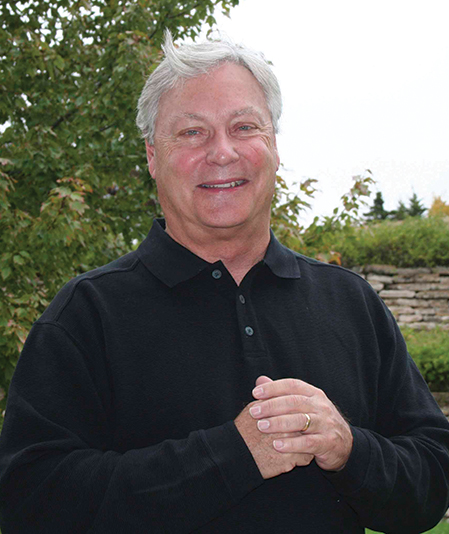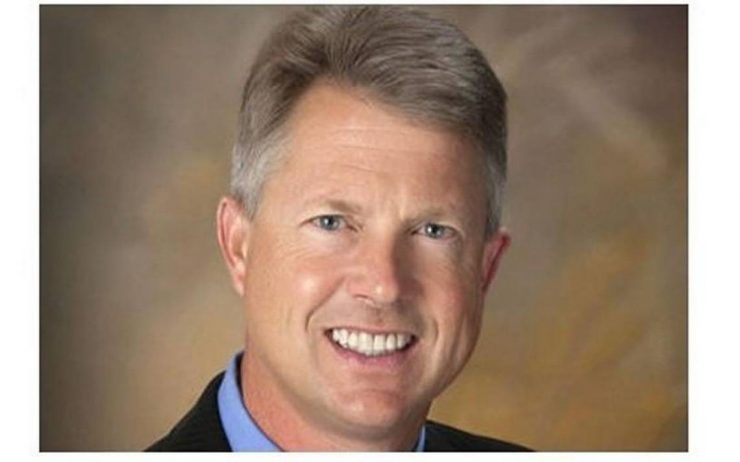By JOHN P. TRETBAR
US crude futures prices topped $51 for the first time in months. The Nymex benchmark contract was up 96 cents Monday morning to $51.62/bbl. London Brent gained $1.34 to $58.20/bbl. At CHS in McPherson, Kansas Common crude was fetching $41/bbl to start the week.
We’re now seeing consistent declines in gasoline prices, a month after Hurricane Harvey made landfall in Texas. Triple-A reports the national average price for a gallon or regular was $2.57 on Monday, down a nickel on the week but still 22 cents more than a month ago. The auto club predicts even lower prices, as refiners return to normal, and switch over to winter blends in some states. The average price in Kansas was $2.472, down a penny on the day and a nickel lower than a week ago. Prices were down to $2.26 in Great Bend and $2.29 in Hays
Independent Oil & Gas Service reported 11 active rigs in eastern Kansas last week, down three. There were 22 west of Wichita, up one. Operators are drilling at two sites in Barton County and one each in Ellis and Stafford counties. Baker Hughes reported 935 active drilling rigs across the US, down five oil rigs, but up four seeking natural gas. There are 220 active rigs across Canada, up ten oil rigs and down two gas rigs.
Operators filed 19 permits to drill at new locations across the state, 1,031 so far this year. There were eight new permits filed in eastern Kansas and 11 west of Wichita including one new permit in Barton County and two in Stafford County.
Independent Oil & Gas Service reports 16 well completions for the week, 919 so far this year. That includes nine east of Wichita and seven in western Kansas.
The Kansas Corporation Commission on last week approved a controversial Saltwater Disposal Well in Morris County that was opposed by residents of that region of the Flint Hills. Commissioners filed an order allowing Quail Oil & Gas to dump up to 5,000 barrels per day of production wastewater at up to 500 pounds per square inch into the well near Burdick. The order says opponents of the project failed to make their case that there was an immediate danger to public health, safety or welfare posed by the well. The commission also rejected a staff compromise to reduce the amount and pressure allowed. Opponents have 15 days to appeal and their lawyer says they are considering such an appeal.
Top lawyers for the cities of Oakland and San Francisco announce lawsuits against five of the world’s biggest oil companies for damages related to climate change. In court papers, the cities argue that the defendants — BP PLC, Chevron Corp., ConocoPhillips Co., Exxon Mobil Corp. and Royal Dutch Shell PLC — have put citizens and public property at risk. Both cities want the companies to pay for climate change adaptation programs, which would include the construction of sea walls and raising low-lying buildings exposed to rising tides. These are not the first lawsuits of this kind. Back in July, Marin and San Mateo counties and the town of Imperial Beach, all in California, filed similar litigation to combat sea rise, naming 37 companies that produce oil, gas and coal.
A new study in Oklahoma could bring new problems for horizontal wells and hydraulic fracturing, according to reporting in the Daily Oklahoman newspaper. The Oklahoma Energy Producers Alliance released an interim study that is cause for concern over “well bashing,” in which older, vertical wells are damaged by new horizontal plays and fracking. The OEPA report noted that in Kingfisher County alone, more than 450 vertical wells have been damaged economically, and some of them have seen environmental damage as well. The Oklahoma Oil and Gas Association acknowledges “well-to-well” interference, but says they try to handle that company-to-company, either by fixing or buying the damaged older vertical wells. OOGA President Chad Warmington tells the newspaper larger companies drilling horizontal wells are offering ahead of time to give concessions or pay damages or even give them a part of the new well.”
After repeated calls to raise the tax rate on oil and gas production to 7 percent, The Tulsa World newspaper reports Democrats in the Oklahoma House might next push for a statewide vote. Raising the tax rate is part of House Democrats’ own budget plan, but despite pressure from both inside and outside the Capitol, Republican leadership has rejected those ideas. (The Gross Production Tax was expected to come up in budget debates in the state’s special legislative session which began on Monday.)
North Dakota regulators on Wednesday approved an agreement settling allegations that the builder of the Dakota Access pipeline violated state rules about trees and Indian artifacts during construction. The agreement worked out by attorneys for the Public Service Commission and Energy Transfer Partners calls for development of a “how-to” manual and the planting of more than 100,000 trees. ETP also is not required to admit to any liability under the deal or to pay a fine, but is expected to shell out about $100,000 all told, for trees and such.
A Texas firm’s legal troubles are mounting over what prosecutors call a ponzi scheme involving fracking sand. Now Caldwell-Baker Co. of Gardner, Kansas has joined a list of firms suing Bates Energy Oil & Gas. Caldwell-Baker claims Bates Energy owes them $640,000 for a canceled contract to lease 170 rail cars to transport fracking sand. Through their lawyer, the defendants have denied the allegations. The San Antonio Express News reports Bates Energy’s owner and CEO await trial next month on fraud charges for their involvement in a now-defunct frack-sand company. A federal judge has frozen nearly $4.9 million in an escrow fund as multiple parties squabble over who gets that money.
New sanctions against North Korea have been in place a little over a week, but Reuters is already reporting apparent violations. Ships leaving eastern-Russian ports filled with crude oil are returning to North Korea, despite declaring other destinations. U.S. officials allege that having ships change destinations mid-trip is a tactic often used by Pyongyang to undermine sanctions.




























